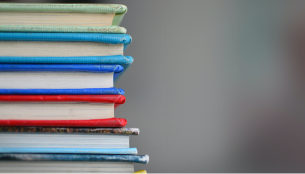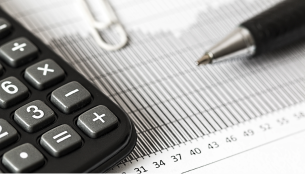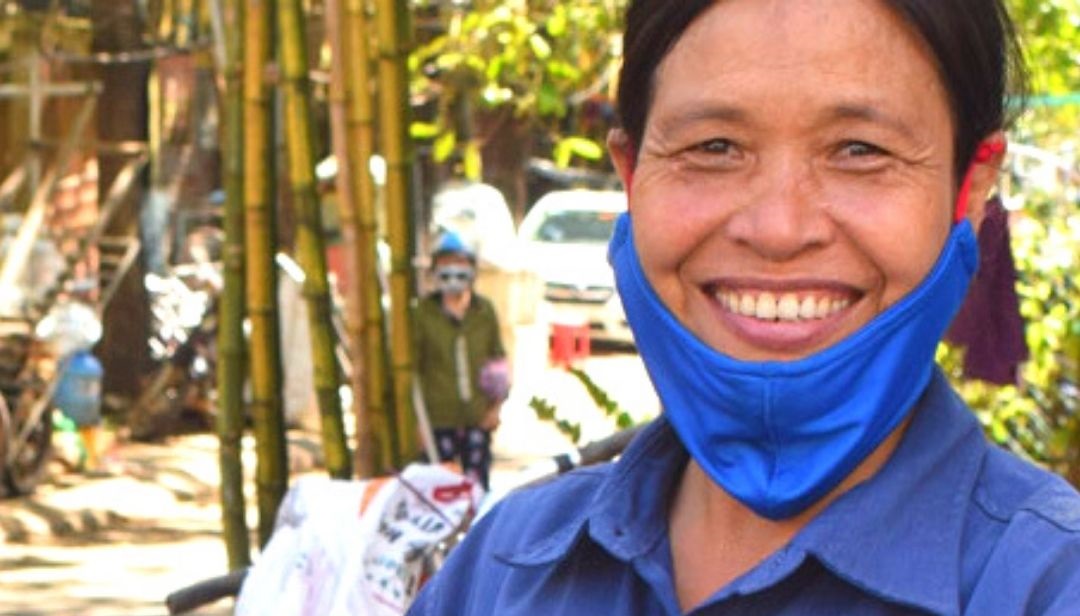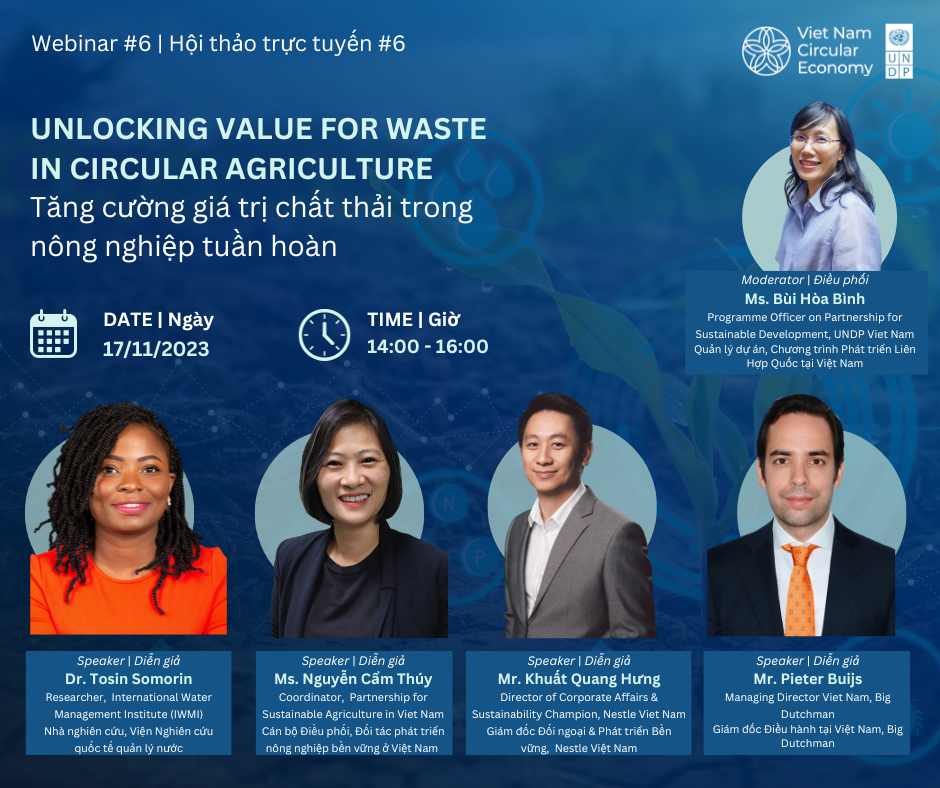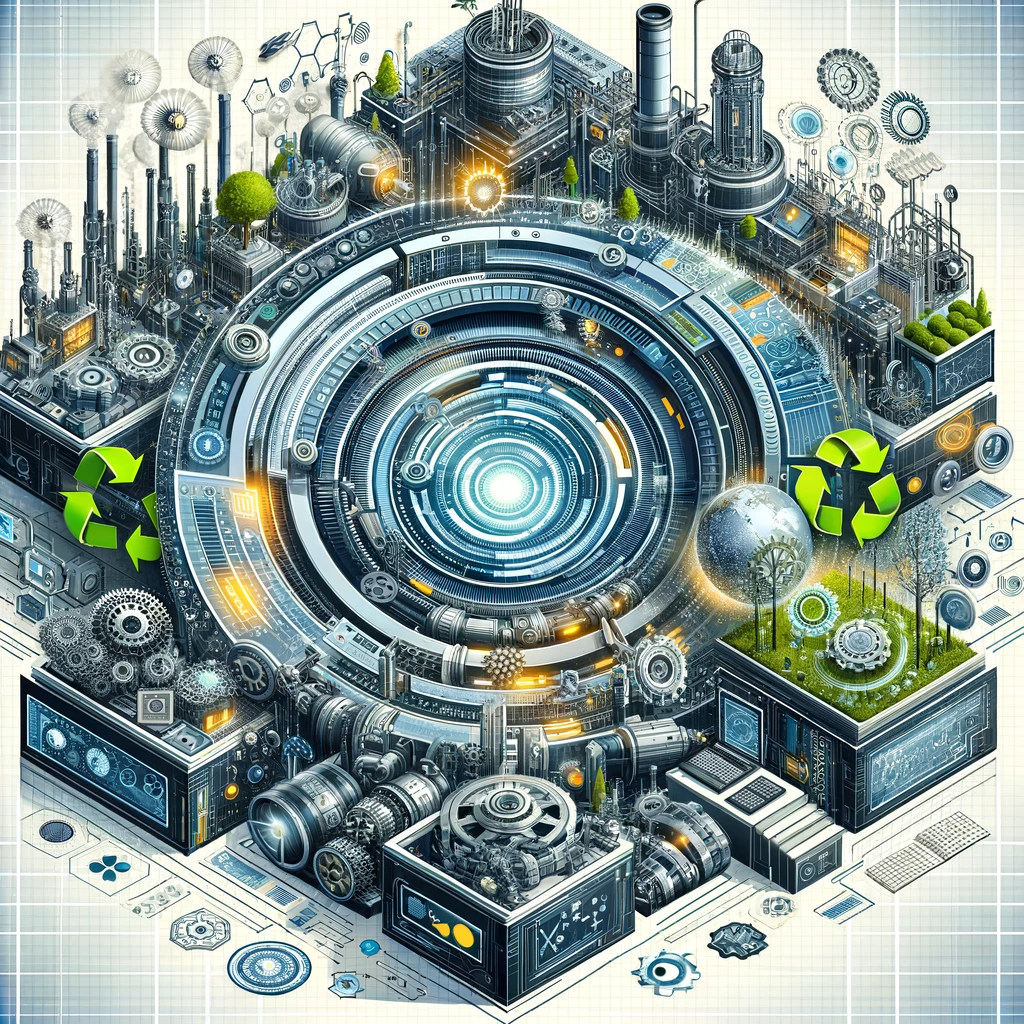Vietnam: Plastic Pollution Diagnostics
In response to a request from the Government of Vietnam, this World Bank study was conducted from July 2020 to April 2021 to deepen knowledge about the different plastic waste types leaking into rivers and the ocean in Vietnam and identify their market alternatives for potential substitution. This report summarizes three diagnostics: field surveys on riverbanks, and at coastal sites to determine the extent of plastic pollution, and the top 10 polluting items; remote sensing and net trawl surveys that monitored plastic waste in, and alongside, waterways that flow into the ocean; and a preliminary analysis of alternatives to Vietnam’s most-polluting plastic items. Key messages include: plastic waste was by far the most abundant type of waste collected in the field surveys; take-away food packaging waste was the most abundant source of plastic waste found in the field surveys followed by fisheries-related waste and household-related waste; and the Clean Coast Index (CCI) measurement, which is a tool to assess relative coastal cleanliness, showed that 71 percent of the coastal sites surveyed were extremely dirty. The objective of the diagnostics was to deepen knowledge about the different plastic waste types leaking into rivers and the ocean in Vietnam, and identify and analyze their market alternatives for potential substitution. The field and river monitoring surveys aimed to identify the priority plastic items (i.e. the top 10 polluters) to inform subsequent analysis of targeted measures for phasing out low-value plastic items. The objective was to identify the quantities and types of plastic waste, and the key locations where the waste is entering Vietnam’s waterways. The overarching goal of the surveys was to inform government agencies, mobilize their buy-in to solve plastic waste problems, build their capacity, and develop local relationships.




